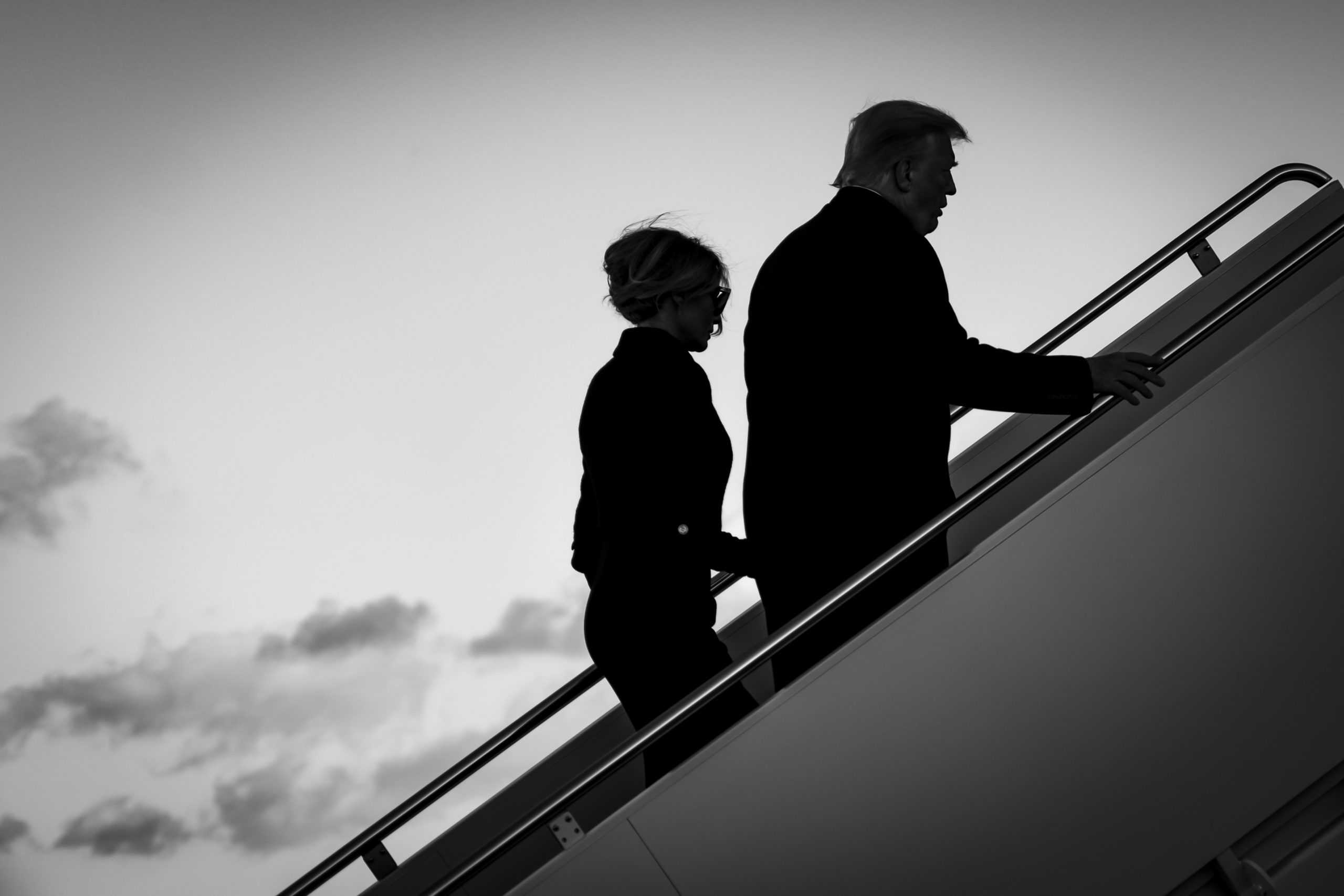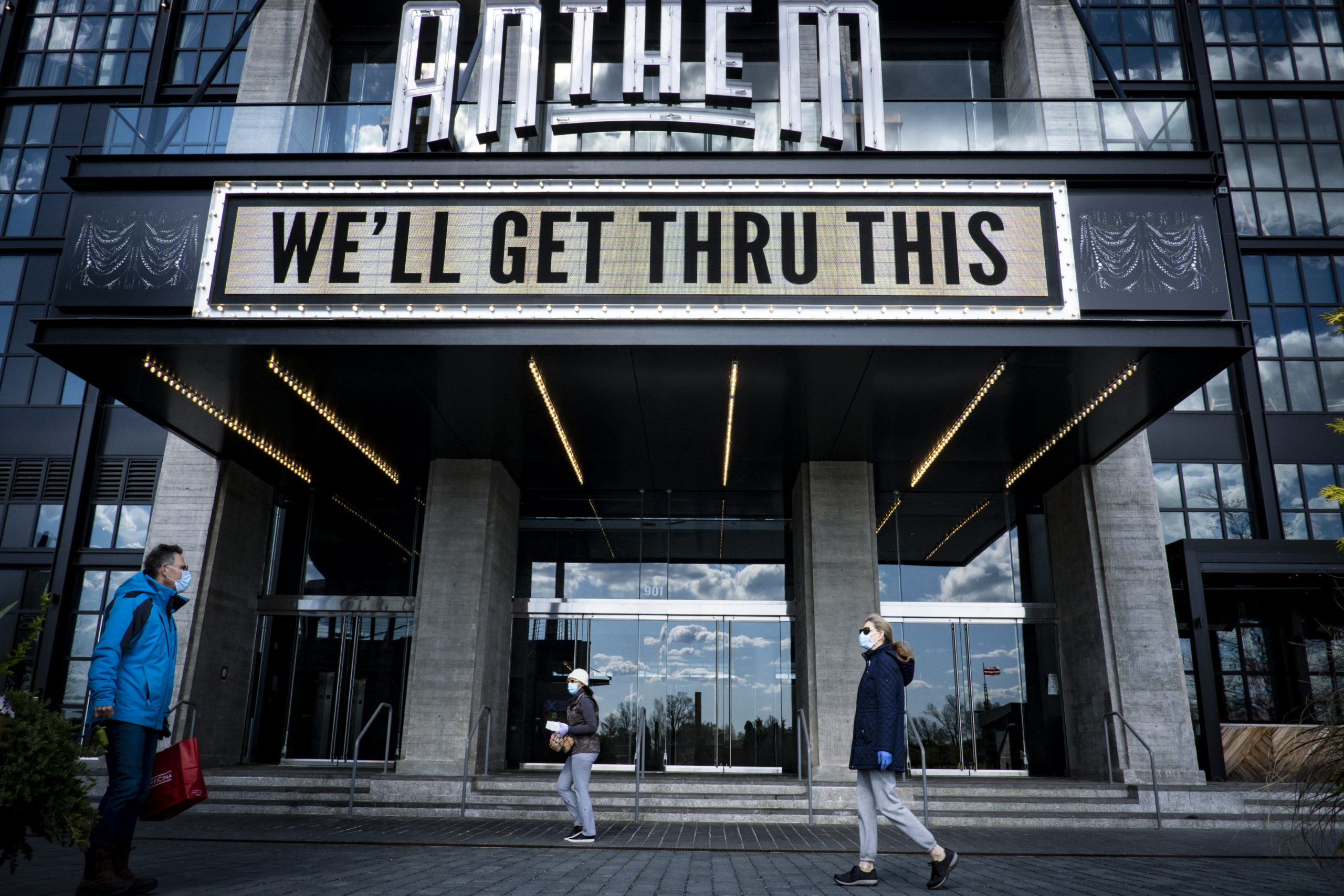An Ongoing Project Documenting the Lives and Culture of the Gullah/Geechee People
The Sea Islands of South Carolina are home to a culture that is being consumed by golf courses, resorts and million-dollar homes. That culture is known as Gullah (known as Geechee in Georgia and Florida).
The Gullah people are direct decedents of slaves who were brought to the islands from West Africa. After arriving in America, these slaves created their own community steeped in religion and African traditions. They also formed their own language also known as Gullah – a mix of Elizabethan English and African languages. “E aint crack a teet.” Translation: “Hasn’t said a word.”
When slavery was abolished in 1863, the Gullah people of the Sea Islands remained on the land after slave owners abandoned the area. They continued their traditions – making sea grass baskets, burying their dead by the shore, farming vegetables and fruits and living life simply. Having lived this way for decades, the Gullah are believed to be the most authentic African American community in the United States.
But development is now taking over these once isolated lands and consuming the Gullah way of life.
To witness this destruction, one needn’t look further than the Gullah cemeteries. Many of these cemeteries have been taken over by privately owned gated communities and resorts known as plantations. Gullah who do not work for the plantations must ask for permission to even visit the cemeteries. The plantation owners will usually allow the Gullah on the land so long as an escort is available. If and escort is not available, the Gullah are not allowed to visit their relatives tombs.
Hilton Head Native Islander Eddie Grant reflects on the encroaching development as he works the garden behind his mother’s home. New town homes are being built right up to her property line.
The Gullah who live on the Sea Islands — including Hilton Head Island, Daufuskie Island, and St. Helena Island — have taken dozens of blows such as this, and now their culture is in danger of becoming extinct.
The problem isn’t unique to the Sea Islands of South Carolina, however.
The Geechee of Sapelo Island, Ga., are the latest to fall victim to encroaching development. Also descendants of slaves, the Geechee are the only private landowners on Sapelo. The State of Georgia, National Oceanic and Atmospheric Administration and University of Georgia Marine Institute own rest of the land.
Investors have begun to slowly and quietly purchase land on the island, causing county taxes to increase sharply and leaving many Geechee distraught as they struggle to preserve their way of life.
For instance, one 73-year-old resident paid $362 in property taxes in 2011 her three-room home and acre of land. This year, her taxes increased to $2,312, according to The New York Times.
The Gullah/Geechee Coast extends for hundreds of miles between Cape Fear, N.C., and the St. Johns River in Florida. In 2004, the National Trust for Historic Preservation named the Gullah/Geechee Coast one of the 11 most endangered placed in the United States. “Unless something is done to halt the destruction, [the] Gullah/Geechee culture will be relegated to museums and history books, and our nation’s unique cultural mosaic will lose on of its richest and most colorful pieces,” states the National Trust Website.
The Gullah/Geechee Corridor is the only one of America’s 50 national heritage areas that deals specifically with the African-American experience. Anything that can be done to help preserve this part of our Nation’s fabric, should be done.
Usually the most challenging part of working on projects such as this is gaining access to the community that you want to photograph. I have already cultivated relationships with the Gullah and Geechee community leaders on many of the Sea Islands, and they are supportive of my efforts to tell their story.
The images you see here are from the photography I have already done on the project. The images are from Hilton Head Island, Daufuskie Island and from time I spent with two Gullah shrimpers off the coast of South Carolina.
Along the Gullah/Geechee Coast, I plan to continue documenting how development and ignorance are destroying the Gullah/Geechee culture. Through images and text, I plan to focus on the challenges the Gullah/Geechee people face as they cling to their traditions and land while adjusting to the “progress” that is imposed upon them.
My goal is to publish this story in a book and in multimedia format on the internet. I also intend to show the photography as a traveling exhibit.
Telling this story will emphasize the importance of preserving this culture and enlighten those who don’t even know it exists.
FOR MORE INFORMATION OR TO SUGGEST SUBJECTS FOR THIS PROJECT
Please feel free to contact me at the email address below if you have questions about this project. I will do my best to answer or point you in the right direction.
If you have information that you feel would advance this project, I welcome the input.
Email: Pete (at) www.petemarovichimages.com



